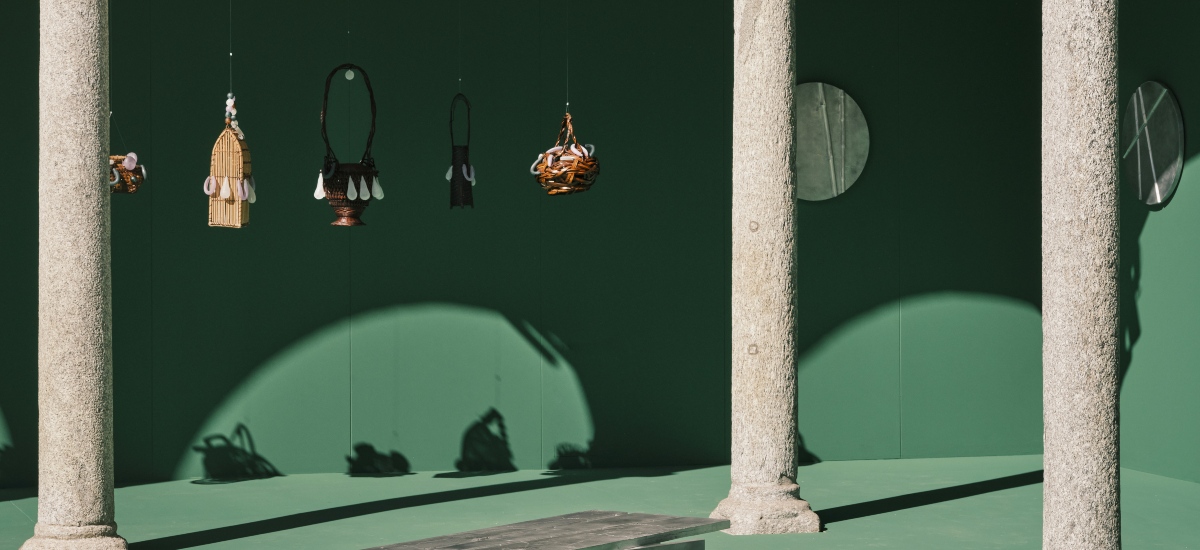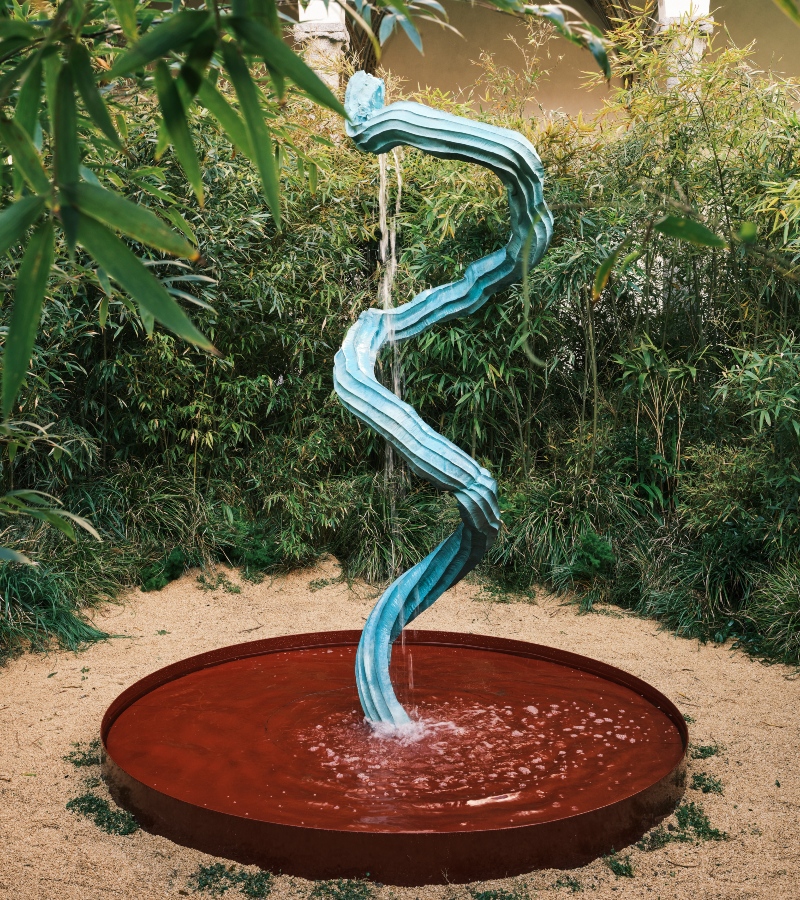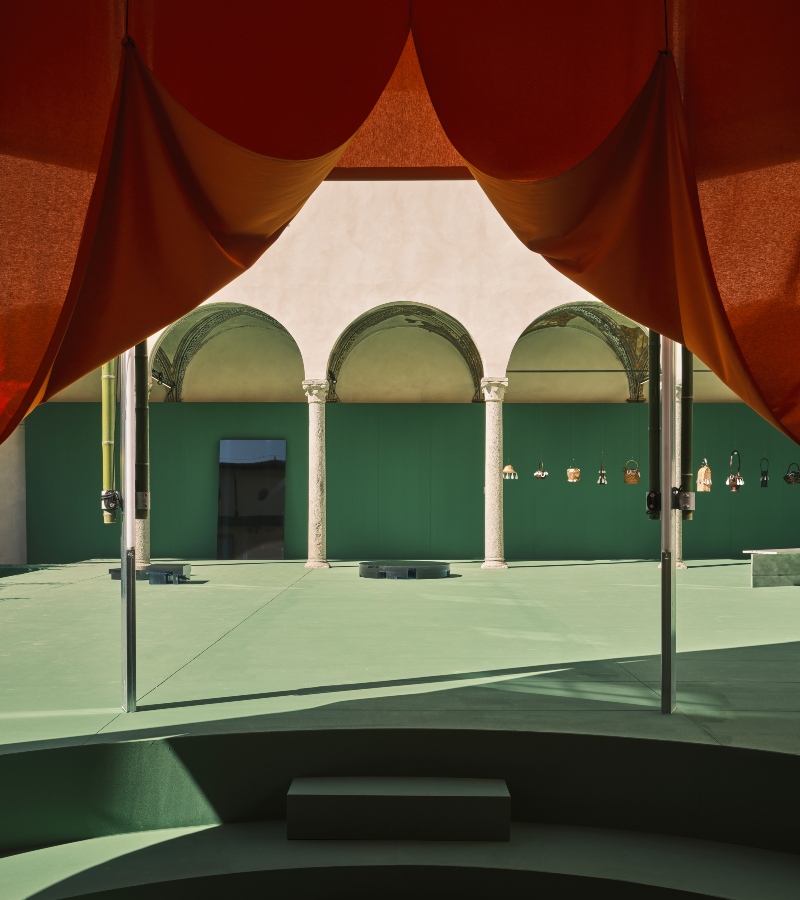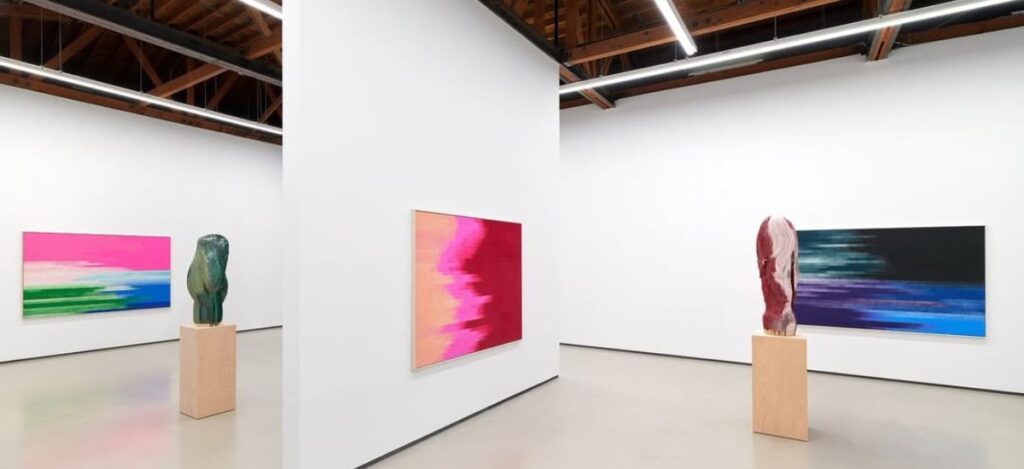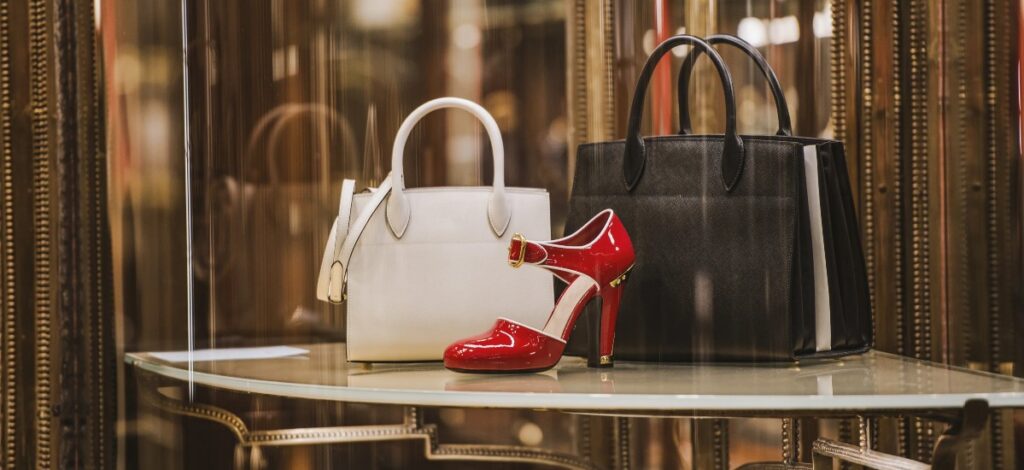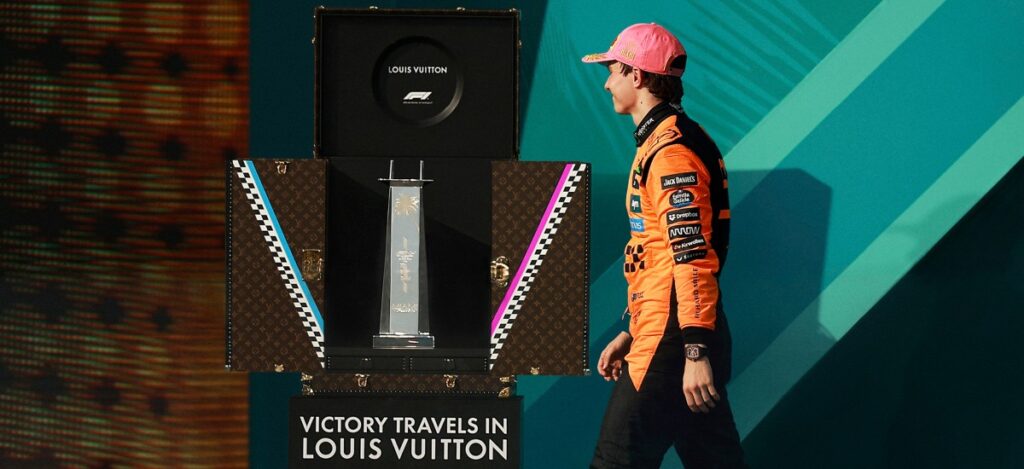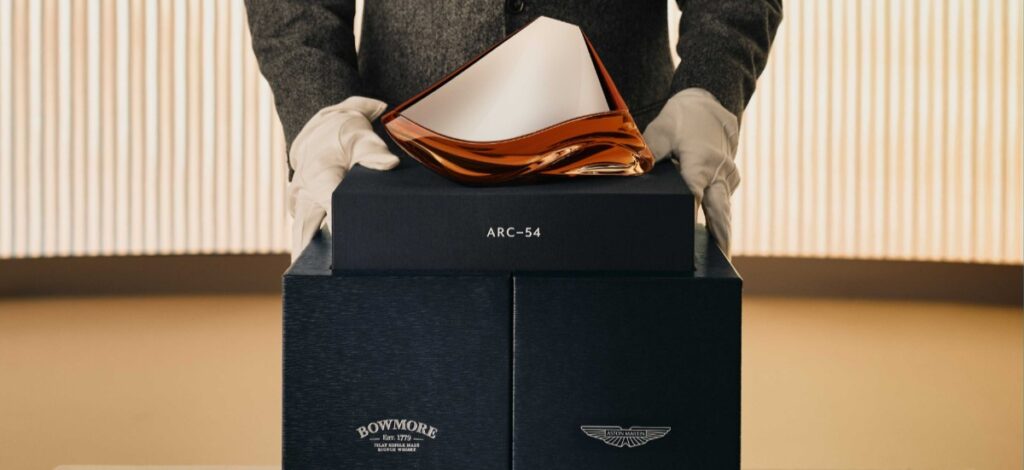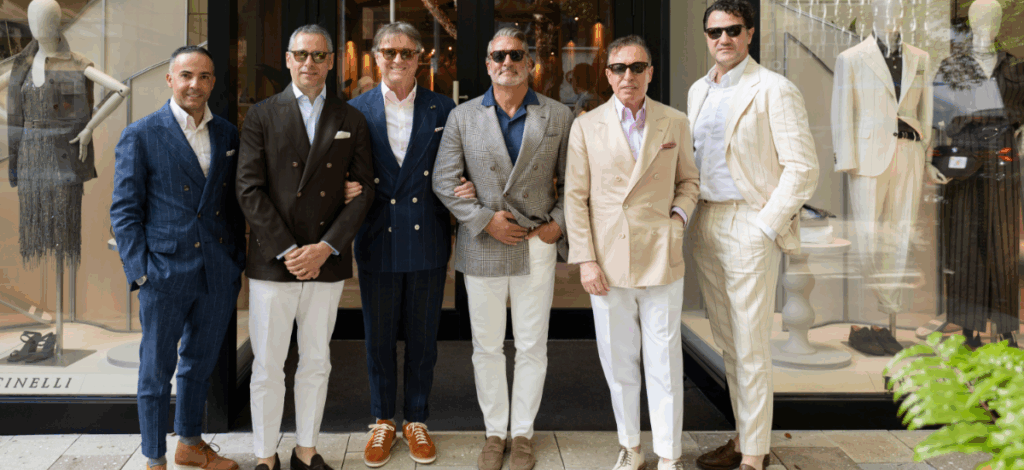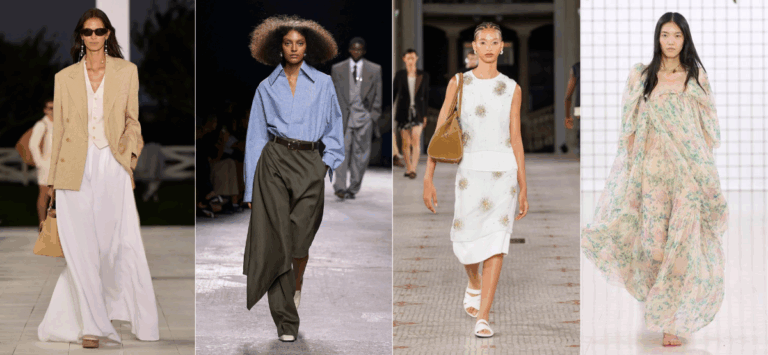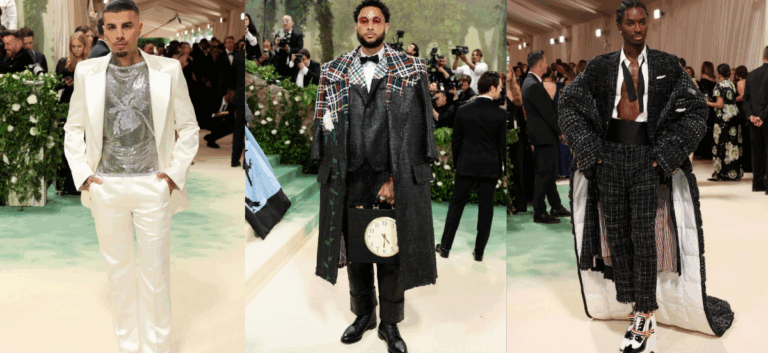Titled Gucci | Bamboo Encounters, the exhibition is set within the historic 16th-century Chiostri di San Simpliciano, offering an immersive journey into the multifaceted role bamboo has played throughout the brand’s evolution.
A Fusion of Nature and Innovation
Curated and designed by the visionary team at 2050+, led by Ippolito Pestellini Laparelli, this exhibition serves as a tribute to the brand’s deep-rooted relationship with bamboo.
Since the 1940s, Gucci bamboo has transcended its functional beginnings—most notably as a handbag handle—to become a lasting symbol of craftsmanship, adaptability, and elegance.
The exhibition highlights this journey by inviting international artists and designers to reinterpret bamboo through their creative lenses.
Among the standout works is Thank You, Bamboo, a poetic collection of lightweight kites made by the Dutch design collective Kite Club, combining traditional bamboo with modern materials to reflect the contrast between fragility and resilience.
Korean designer Sisan Lee introduces Engraved, a set of aluminum artifacts etched with bamboo patterns through a precise intaglio technique.

